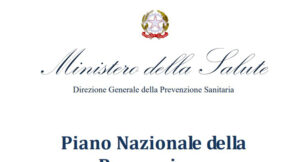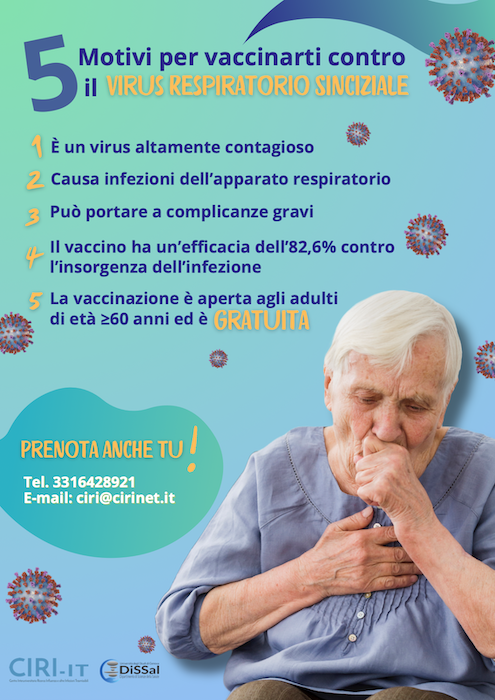Avian influenza, particularly the H5N1 strain, continues to pose a serious threat to global public health. This virus, while primarily affecting birds, has shown the capacity to infect humans, leading to severe respiratory illness.
In recent months, the United States has reported a concerning rise in human infections: within just seven months, 20 confirmed human cases have been recorded, and over 300 cattle herds have tested positive. California is currently among the hardest-hit regions, with 6 new human cases reported in the last week alone. This increase suggests that the virus has undergone mutations enabling animal-to-human transmission, significantly raising the risk of a pandemic.
The New mRNA Vaccine: How Does It Work?
To address this emerging threat, scientific research has developed a new mRNA vaccine targeting the H5N1 virus, leveraging the same cutting-edge technology that contributed to the success of COVID-19 vaccines.
mRNA vaccines work by prompting the immune system to produce specific antibodies that recognize and neutralize the virus if the individual is exposed.
One of the most significant advantages of mRNA vaccines is their speed of development. Once a new viral variant is identified, it is possible to adapt and produce an effective vaccine within a few weeks—much faster than traditional vaccine platforms, which often require several months. This makes mRNA technology a crucial tool in responding to sudden outbreaks and potential pandemic threats.
Prospects and Challenges of the New Vaccine
Preclinical studies of the mRNA-based H5N1 vaccine have demonstrated promising protection in laboratory animals against severe forms of infection. These results suggest the vaccine could become a key tool to prevent large-scale human transmission and reduce the risk of severe respiratory complications.
The introduction of this vaccine represents a concrete hope for managing future waves of avian influenza. However, the continued development of innovative vaccines and robust epidemiological surveillance remains essential to prevent H5N1 from escalating into a global crisis.
References
- Adnkronos: https://www.adnkronos.com/cronaca/aviaria-prossima-pandemia-e-solo-questione-di-tempo-cosa-dicono-gli-esperti_5PawONtqThbceeqUAimMxy
- Ministero della Salute: https://www.salute.gov.it/portale/sanitaAnimale/dettaglioContenutiSanitaAnimale.jsp?id=216
- Global Center for Health Security: https://www.unmc.edu/healthsecurity/transmission/2024/05/28/scientists-developing-mrna-based-vaccine-against-h5n1-bird-flu/
- Centers for Disease Control and Prevention (CDC): https://www.cdc.gov/bird-flu/situation-summary/index.html






